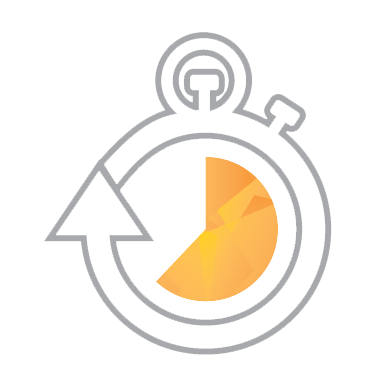The short answer is rising numbers of millennials, empty nesters, singles, single parents and baby boomers wishing to downsize, are all driving demand for more affordable medium density housing in NSW and across Australia.
In response, the NSW State Government is pushing ahead with plans to fast-track the approval process for more affordable medium density housing across existing suburbs. This push is being called the Missing Middle.
These Missing Middle medium density buildings typically have a footprint no larger than single-family homes, making them easy to integrate into existing neighbourhoods, when combined with clear development design guidelines that respects the areas’ existing character.
The types of low rise medium density buildings we are talking about here include terraces, dual occupancies, manor homes or townhouses.
Millennials And Baby Boomers – Two Large Demographics Driving The New Demand.
Millennials or Gen Y make up approximately 24% of the population in NSW. They are young, well educated and technology-driven. They wish to enjoy a ‘walkable’ lifestyle, meaning they like to live close to the action – restaurants, cafes, shopping and public transport hubs.
Millennials are delaying having families, with the majority not having plans to move out of the city to the suburbs when they do have children. Millennials as a percentage own fewer cars, preferring to walk, cycle, use public transport or share car services.
Baby boomers, who make up approximately another 20% of the NSW population, unlike previous generations are shying away from traditional retirement communities, with many preferring to downsize their large family homes to low maintenance townhouses and apartments. They are living longer, staying more active and don’t necessarily wish to drive everywhere or be dependent on their children to get around. Their ideal is to live independently while still living close to their children and grandchildren.
These two groups represent approximately 44% of the market, a significant trend and shift in society, which will have flow-on effects on the property market in NSW and across Australia.









